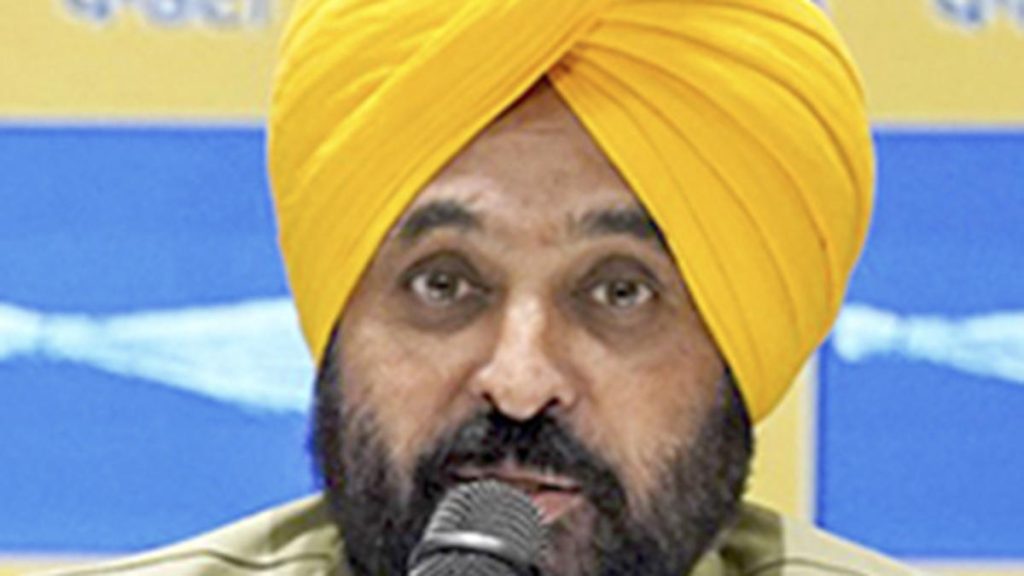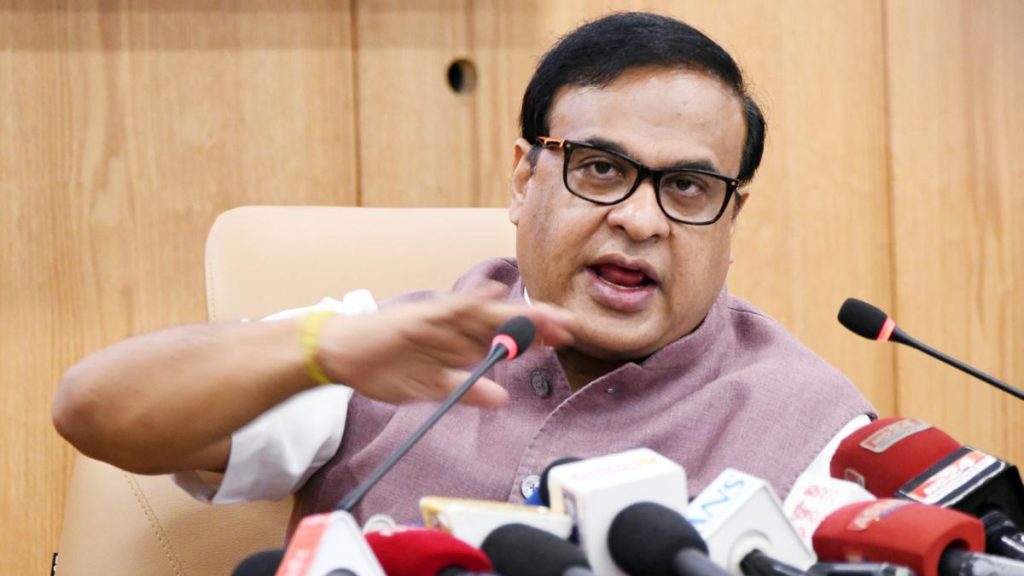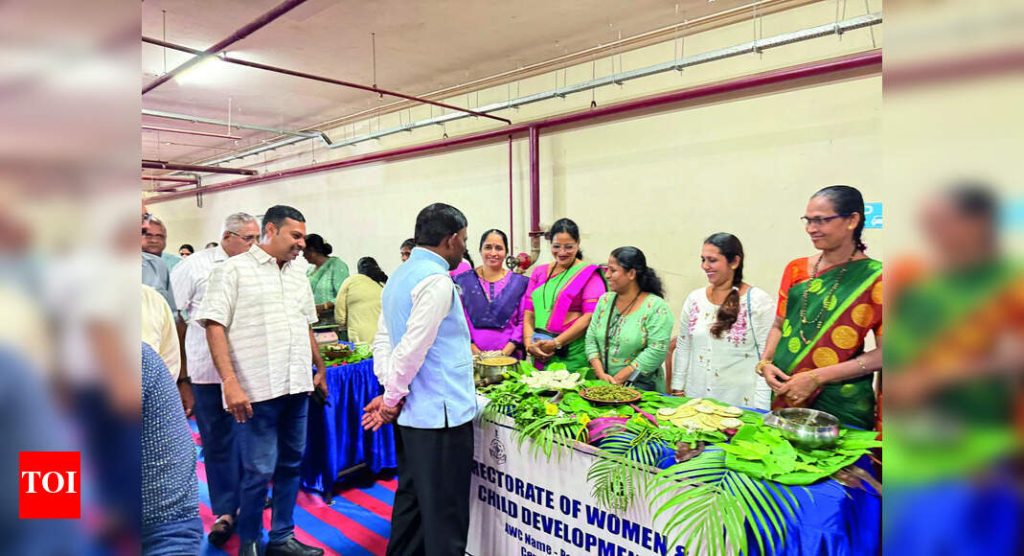Now Reading: New Male Fertility Test Developed Using Sperm Movement Analysis
-
01
New Male Fertility Test Developed Using Sperm Movement Analysis
New Male Fertility Test Developed Using Sperm Movement Analysis

Speedy Summary
- Researchers Develop Physics-Based Fertility Test: A new technique based on sperm motion has been tested with bull semen and aims to improve at-home male fertility testing.
- Current Challenges: conventional lab tests for male fertility are expensive, rely on microscopes, and examine sperm mobility. Current at-home tests are less accurate, detecting proteins rather than analyzing motion.
- Working Mechanism of the New Method: The test measures semen drop adhesion using hydrogen bonds. Highly active sperm disrupt thes bonds quicker, correlating activity to fertility.
- Potential Advantages: it could offer a cheaper, easier alternative for people hesitant about conventional testing due to cost or stigma around male infertility. Furthermore, it might be useful for livestock breeding in agriculture.
- Next Steps: Researchers plan clinical trials with varied samples and standardization efforts before human submission.
!Illustration of sperm going to an egg
Indian Opinion Analysis
The development of this physics-based sperm-screening test presents notable opportunities not just globally but particularly for India-a country where access to affordable healthcare remains complex. Male infertility accounts for nearly 40-50% of all infertility cases in India; however,societal stigma often discourages testing or treatment among affected individuals.
A reliable and lower-cost at-home fertility test could possibly shift social behavior toward proactive health management while reducing diagnostic expenses across urban and rural areas alike. additionally, if successfully scaled for agricultural purposes as suggested by its utility in breeding livestock, this innovation aligns well with India’s dual priorities-healthcare accessibility and advancing agricultural techniques.
Efforts by researchers like Sushanta Mitra also reflect the growing contributions of Indian-origin scientists in innovation-driven fields critical to global health issues-a point that resonates with India’s rising emphasis on scientific research funding under recent national policies aimed at furthering self-reliance.
Clinical trials will determine its reliability across diverse populations; though,widespread approval could reshape approaches toward addressing reproductive health challenges nationwide.




























